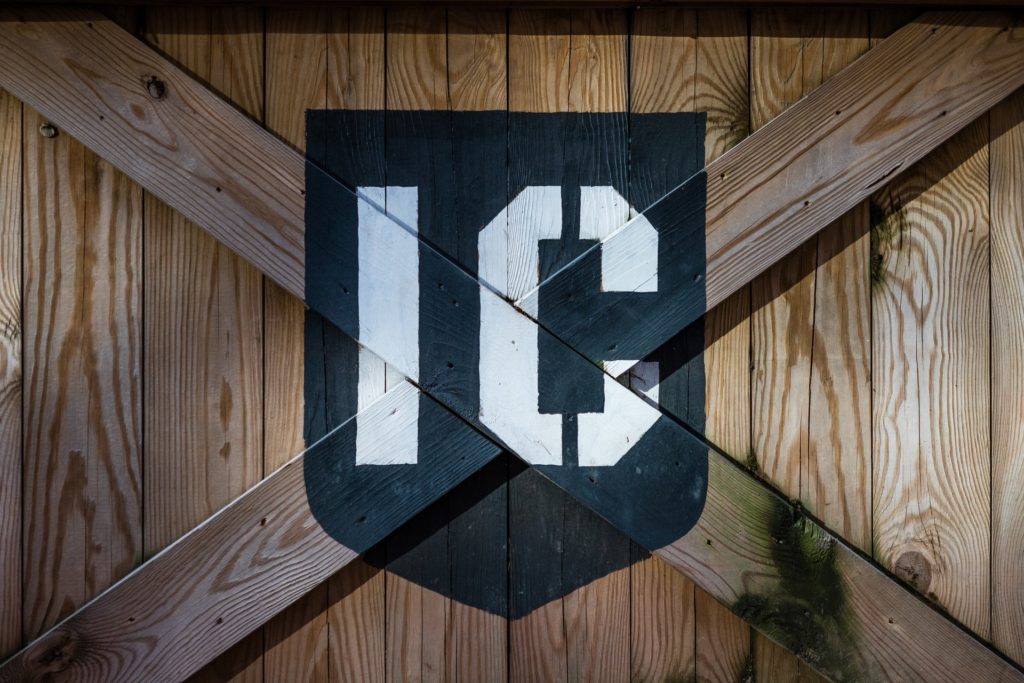Those who say ‘wait:’ What Industry City’s opponents want

Critics of Industry City's rezoning say it could dramatically reshape Sunset Park, exacerbating displacement and gentrification in the largely immigrant low-income neighborhood. Photo by Paul Frangipane
When Sunset Park’s Industry City put forward an ambitious plan to rezone its 35-acre office, retail and light-manufacturing complex, opponents said not so fast.
Industry City backers want the city to grant zoning changes so it can build two hotels, academic space and large retail stores as part of a 10-year, $1 billion redevelopment that would increase its size from roughly 5.3 to 6.5 million square feet.
The back-and-forth between the plan’s supporters and its opponents has become a flashpoint in a bigger discussion about displacement, gentrification and the proper utilization of manufacturing space — as well as about the entire land use process citywide.
